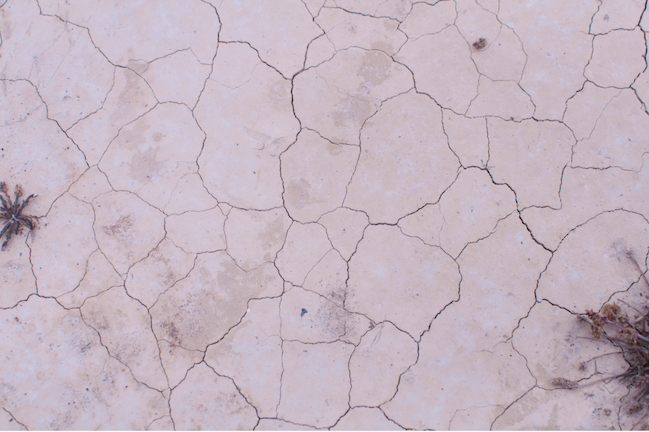Our Work
The CHC routinely contributes actionable information supporting the mobilization of emergency relief that benefits ten of millions of people. In the spirit of knowledge sharing and innovative research, the Center is forging a lasting legacy that is helping to combat the severest of climate hazards in the most vulnerable of regions.
Tropical regions that habitually struggle with climate variability are particularly susceptible to problems linked to increased extremes, since poor households typically spend more than half their monthly income on food and are prone to food insecurity. In 2022, across Ethiopia and southern Africa, some 107 million-plus people will require humanitarian assistance to prevent starvation and manage extreme food insecurity. Recent research and information can be found on our publications page and through our blog.
Our Strategy
When climate variability and shifting climatic trends converge to produce severe droughts, fragile, food-insecure populations rapidly face food crises as supplies drop, prices rise, and household incomes decline. In the most vulnerable areas, these unanticipated climate shocks can devastate herds and harvests. The number of people affected by hunger globally rose to as many as 828 million in 2021, an increase of about 46 million since 2020 and 150 million since the outbreak of the COVID-19 pandemic.
Employing only traditional monitoring and forecasting methods is inadequate in predicting when largely defenseless regions, especially in Africa, will be in dire need of timely humanitarian aid. To combat this growing threat, the CHC works with U.S., African, and Latin American partners to develop and deploy improved earth observations, forecasts, and decision-support tools which, when combined with capacity-building activities, fosters a knowledgeable community of decision-makers.
This collaborative effort to help protect environmentally threatened people is crucial in enabling them to continue their traditional means of livelihood. With advance notice and timely humanitarian assistance, inhabitants of susceptible regions cannot only prepare for climate hazards, but also live with the assurance that their livelihoods will be protected to the greatest extent possible.
Climate Hazards Center Partnerships & Affiliates
The Climate Hazards Center is a 19-year-old alliance of multidisciplinary scientists and food security analysts from the UC Santa Barbara Geography Department, Africa, and Latin America working alongside partners in the US Geological Survey (USGS), the National Aeronautics and Space Administration (NASA), the Famine Early Warning Systems Network (FEWS NET), the National Oceanic and Atmospheric Administration (NOAA), and the United States Department of Agriculture (USDA). This cooperative is unique in its high potential for high-profile international outreach, which includes collaborations with organizations like The Regional Centre for Mapping of Resources for Development (RCMRD), AGRHYMET Regional Centre, IGAD Climate Predicition and Applications Centre (ICPAC), the Southern African Development Community's (SADC) Climate Services (CSC), and the World Food Programme (WFP).
Climate Hazards Center Origin
In 1985, in the wake of record famine across east Africa, FEWS NET was created by USGS and USAID to provide advance warning of potential famine events while collecting data to support humanitarian response programs. In 2003, in close collaboration with the US Geological Survey Earth Recources Observation and Science Center (USGS EROS), the Climate Hazards Group (now the Climate Hazards Center) was founded to provide further support to FEWS NET and its goal of protecting the world's most vulnerable regions and inhabitants.

Critical Research & Timely Action: UCSB Team and Field Scientists
The UC Santa Barbara team conducts critical climate science research, which is shared with CHC field scientists who then communicate information with key decision-makers, often serving as the vital link between climate crisis and timely humanitarian aid.

Decision Support & Capacity Building: CHC's Unique Mission
The CHC’s unique mission lies in decision support and capacity-building. While decision support takes many forms, the CHC focuses primary on drought early warning, famine prevention, climate prediction, and climate adaptation. The CHC’s ultimate goal, which is consistently met, is to support environmental decision making, fisheries management, and sustainable development while reducing and monitoring climate-induced impacts. Our outreach component focuses on empowering scientists and decision-makers, in the U.S. and developing countries, to monitor, predict, prepare for, and respond to climate extremes.
Read more about CHC in Science's "The Hunger Forecast: How a team of scientists studying drought helped build the world's leading famine prediction model."

